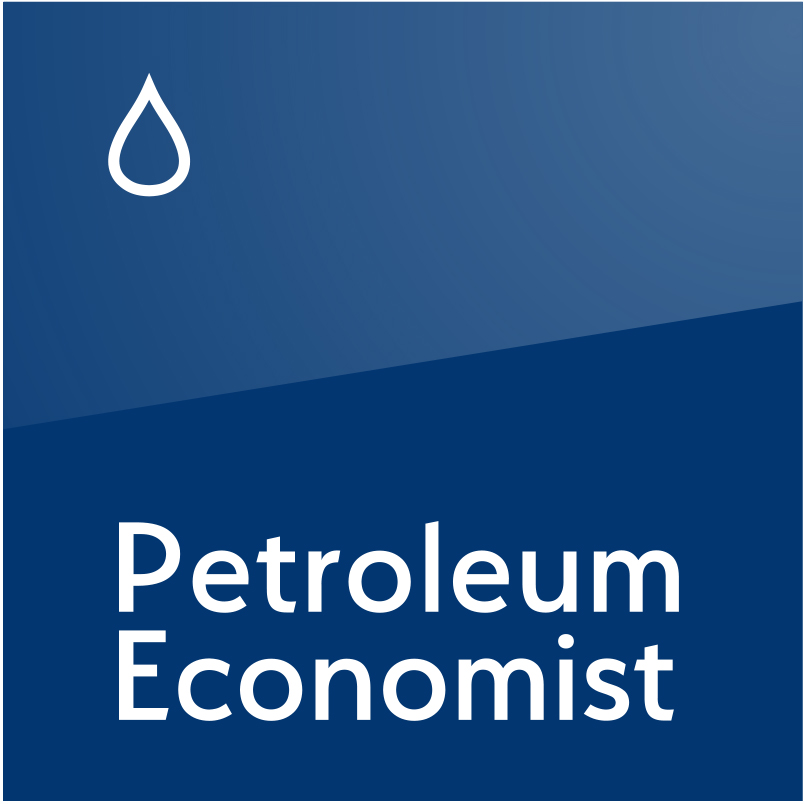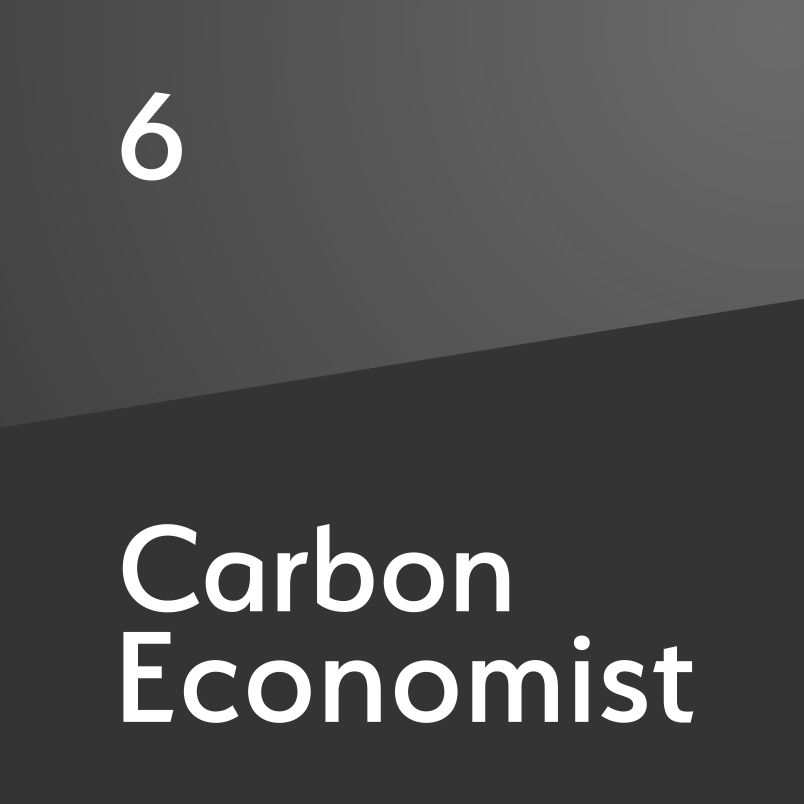Greater Tortue Ahmeyim FPSO sets sail
The LNG project’s vessel is due to arrive in the second quarter
The Greater Tortue Ahmeyim LNG development’s 500mn ft³/d (14.16mn m³/d) floating production, storage and offloading (FPSO) vessel recently departed a Chinese shipyard for the 12,000 nautical mile voyage to the project site, which straddles the maritime border between Senegal and Mauritania, around 40km from the coast. Construction and testing of the FPSO took three-and-a-half years. The vessel’s departure is a “key milestone”, says Andrew Inglis, CEO of US independent Kosmos Energy—a stakeholder in the development—adding that “at the end of 2022, the project was around 90pc complete, and we look forward to an active 2023 where we expect to achieve a number of important milestones for the pro

Also in this section
28 November 2025
A more pragmatic approach has seen the country reverse its production decline in 2025 but its 1m b/d target still seems out of reach
27 November 2025
The swelling crude supply story involves the key plot twists of reluctant buyers, limited oil stocks and refiners playing the long game
27 November 2025
US tariffs bolster Alberta’s Industrial Heartland exports to Asia
26 November 2025
The Italian firm is unique among IOCs in setting up entities specialising in particular regions and low-carbon technologies, creating greater flexibility in attracting investment







